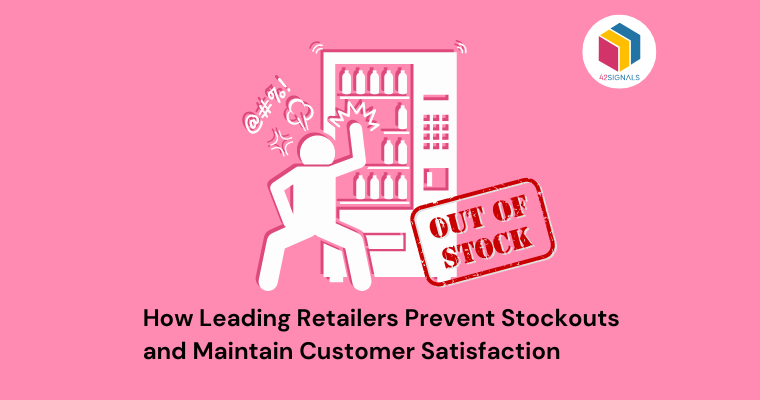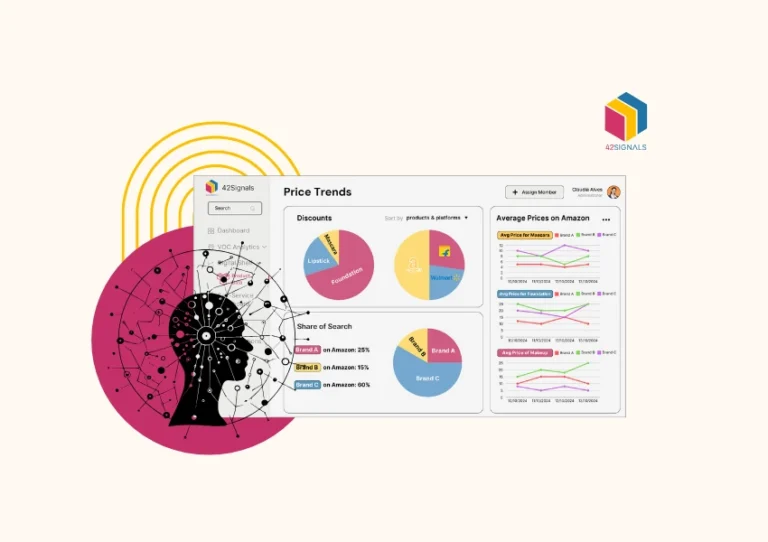With consumer expectations continuously rising, even a single instance of a stockout—a situation where products are unavailable when a customer wants to purchase—can have significant repercussions. Stockouts not only result in immediate lost sales but also impact long-term customer loyalty and brand reputation.
Leading retailers have recognized this challenge and have implemented innovative strategies to prevent out-of-stock situations and maintain high levels of customer satisfaction.
Let’s look at the different methods retailers use via a case study format, the role of digital tools like tracking ad spending, and the importance of quick commerce in this context.
How Stockouts Impact Business Performance?
Before exploring the strategies used to prevent out-of-stock situations, it’s crucial to understand why they are so detrimental. Stockouts disrupt the customer experience, leading to frustration and disappointment.

Image Source: Geeks for Geeks
When a customer encounters a stockout, they may switch to a competitor, reducing the retailer’s market share. Moreover, repeated out-of-stock situations can tarnish a retailer’s reputation, leading to negative reviews and a decline in customer loyalty.
In addition to the immediate financial impact, they also affect a retailer’s marketing efforts.
For example, consider the concept of Return on Ad Spend (ROAS), which is a critical metric for evaluating the effectiveness of advertising campaigns. ROAS, meaning the ratio of revenue generated to the cost of advertising, is negatively impacted by stockouts.
Even if an ad campaign successfully drives traffic to a product page, a stockout renders these efforts fruitless, as customers can’t complete their purchase. Understanding ROAS calculation and what is ROAS is essential for retailers looking to optimize their ad spend and maximize revenue.
Strategies to Prevent Stockouts
1. Advanced Inventory Management Systems
One of the most effective ways to prevent out-of-stock situations is through the use of advanced inventory management systems. Leading retailers employ sophisticated algorithms that track inventory levels in real time and predict future demand based on historical data, market trends, and seasonality.
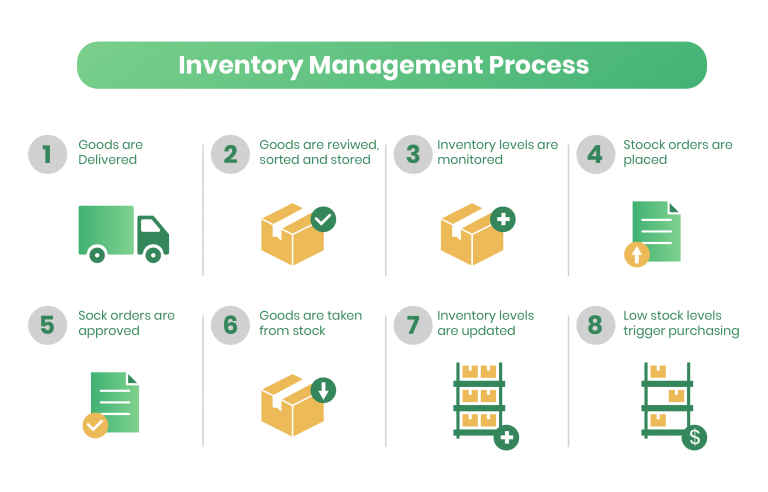
Image Source: Advotics
These systems help retailers maintain optimal inventory levels, reducing the risk of stockouts.
For instance, retailers like Amazon and Walmart use machine learning models to forecast demand and adjust inventory levels accordingly.
These models consider various factors such as past sales data, promotional schedules, and even weather patterns. By accurately predicting demand, these retailers can ensure that popular products are always in stock, thus avoiding potential out-of-stock situations.
2. Omnichannel Fulfillment Strategies
Another critical strategy employed by leading retailers is the implementation of omnichannel fulfillment strategies. These strategies involve integrating various sales channels, such as online stores, brick-and-mortar locations, and mobile apps, to provide a seamless shopping experience.

Image Source: iThink Logistics
By leveraging multiple channels, retailers can better manage inventory and reduce the risk of stockouts.
For example, if a product is out of stock at a physical store, the retailer can fulfill the order through its online inventory.
This approach not only prevents out-of-stock situations but also enhances customer satisfaction by offering flexibility and convenience. Retailers like Target have successfully implemented omnichannel strategies, allowing customers to order online and pick up in-store or have items shipped directly to their homes.
3. Supplier Collaboration and Diversification
Effective collaboration with suppliers is another essential component in preventing stockouts. Leading retailers maintain close relationships with their suppliers, ensuring that they have a reliable supply chain.
By working closely with suppliers, retailers can forecast demand more accurately and secure the necessary inventory in advance.
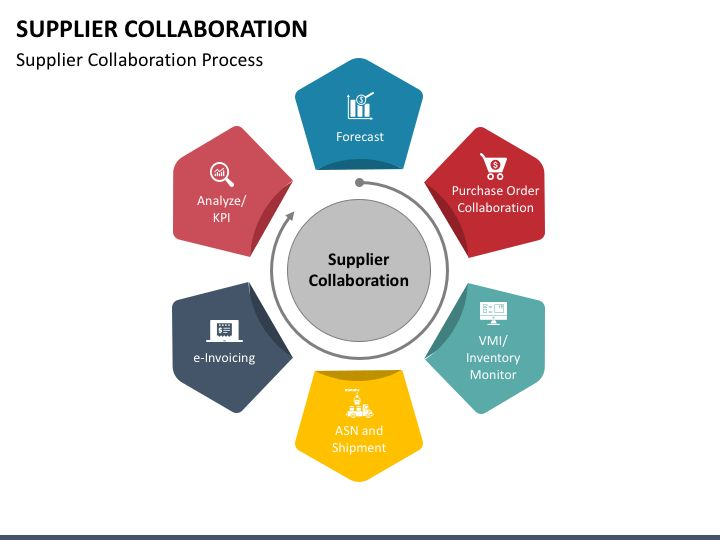
Image Source: Pinterest
Diversifying suppliers is a strategy that reduces the risk of stockouts. Relying on a single supplier can be risky, as can any disruption in the supply chain, such as production delays or shipping issues.
By sourcing products from multiple suppliers, retailers can mitigate this risk and ensure a steady supply of products.
4. Quick Commerce and Real-Time Stock Updates
The rise of quick commerce—a model where retailers promise delivery within a short time frame, often within an hour—has revolutionized the retail industry.
Quick commerce requires retailers to have real-time stock updates and a well-coordinated supply chain to ensure that products are available for immediate delivery.
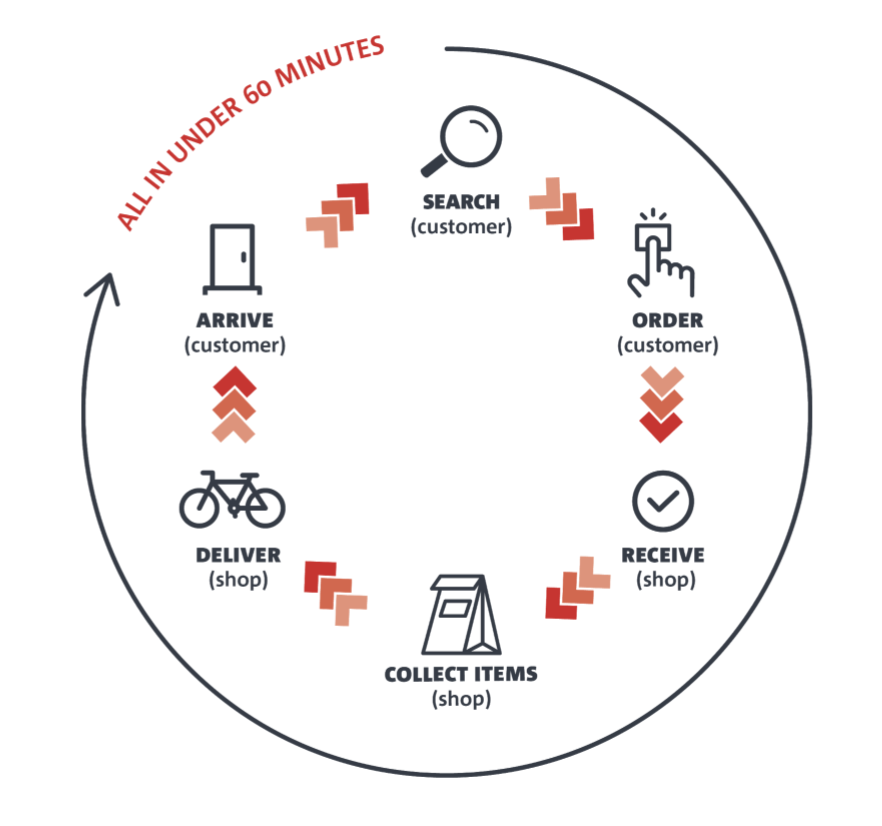
Image Source: Delivery Hero
Retailers like Instacart and Gorillas have embraced quick commerce, using technology to provide real-time inventory updates.
These retailers use data analytics to monitor stock levels continuously and ensure that their inventory is synchronized across all platforms. This approach not only prevents stockouts but also enhances the customer experience by offering fast and reliable delivery.
How Tracking Ad Spends Enhances Your Marketing Strategy?
Effective marketing is crucial for driving sales, but it must be coupled with adequate inventory management to avoid stockouts.
Tracking ad spending plays a significant role in this context, as it allows retailers to align their marketing efforts with their inventory levels.
By closely monitoring ad spends, retailers can avoid over-promoting products that are low in stock. For instance, if a particular product is running low on inventory, retailers can adjust their ad campaigns to focus on other products that are fully stocked. This approach not only prevents out-of-stock situations but also optimizes the return on ad spend (ROAS).
If a campaign generates high traffic but leads to stockouts, the retailer can analyze the data to adjust future campaigns and improve inventory planning. This iterative process helps retailers refine their marketing strategies and prevent out-of-stock situations, ultimately leading to higher customer satisfaction.
Why Share of Search Matters for Avoiding Stockouts ?
Another critical aspect is maintaining a strong share of search—a metric that reflects a brand’s visibility and presence in search engine results relative to its competitors. A high share of search indicates that a brand is top-of-mind for consumers and is likely to drive significant traffic to its website or store.
However, if a retailer’s share of search increases significantly without corresponding inventory levels, it can lead to stockouts.

For example, if a retailer launches a successful marketing campaign that boosts its share of search, but fails to increase its inventory levels accordingly, it may experience items going out-of-stock as demand outstrips supply.
To prevent this, leading retailers closely monitor their share of search and align it with their inventory management strategies. By ensuring that they have adequate stock levels to meet the increased demand generated by a high share of search, retailers can prevent stockouts and maintain customer satisfaction.
Case Study: Zara’s Success in Stockout Prevention
Zara, the global fashion retailer, offers a compelling case study in stockout prevention. Zara has built its business model around speed and agility, allowing it to bring new fashion trends to market quickly while minimizing stockouts.
One of the key elements of Zara’s success is its efficient inventory management system. Zara uses a combination of real-time data analytics and rapid supply chain processes to ensure that its stores are always stocked with the latest trends.
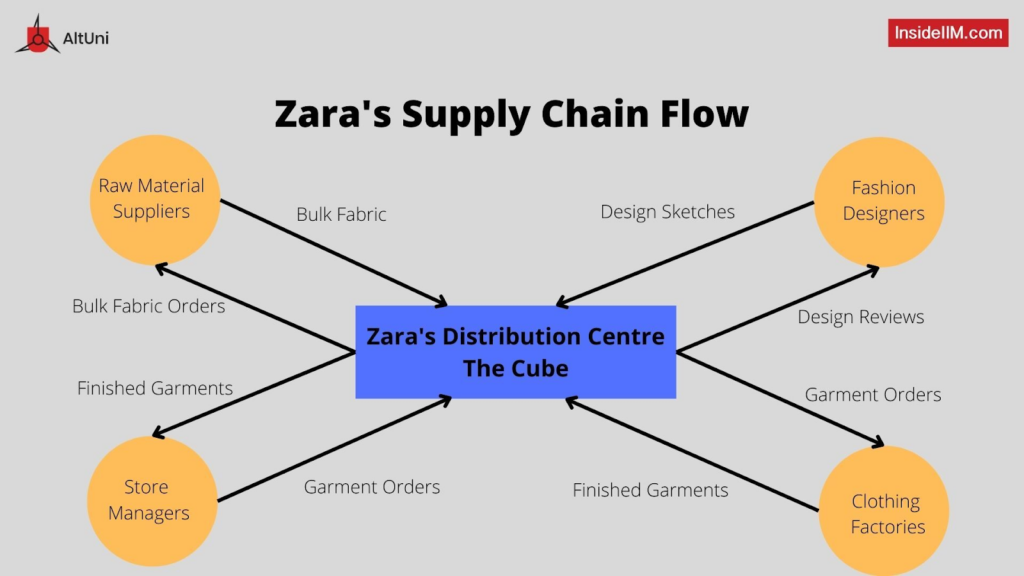
Image Source: Inside IIM
By tracking sales data and customer preferences, Zara can quickly adjust its inventory levels and replenish popular items before they run out of stock.
Zara also leverages a version of quick commerce to enhance customer satisfaction. With its “buy online, pick up in-store” option, Zara allows customers to reserve items online and collect them at their convenience.
This approach not only prevents out-of-stock situations but also provides a seamless shopping experience, leading to high levels of customer loyalty.
Conclusion
Preventing stockouts and maintaining customer satisfaction are critical challenges for retailers in today’s competitive market.
Additionally, by tracking ad spends, understanding ROAS meaning and calculation, and monitoring share of search, retailers can optimize their marketing efforts and align them with their inventory levels.
As the retail landscape continues to evolve, the importance of preventing stockouts and maintaining customer satisfaction will only grow.
To see how 42Signals’ Product Availability and Share of Search tools can help you prevent stockouts and optimize your marketing efforts, schedule a demo with us today.
